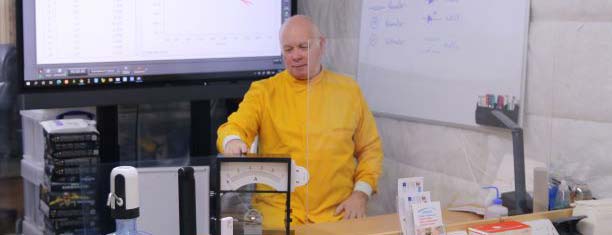If you want to improve your grades then a Private Tutor seems a good idea. An hour with a private tutor and your grades shoot up from a U to and A*.
Unfortunately this is not the case.
The tutor may know the yllabus and the work and may be able to explain it differently to you than your teacher did, which will help you to understand what you didn't learn in class.. The tutor has only you and you to full concentration. Your grade might go up a bit, but to go up more then you need to do some work as well.
You now have a better understanding of the subject but now you need to learn this work.
How do you learn this stuff.
- Make notes of what the tutor says. The tutor may make notes but you also need some.
- Read through these notes a few times.
- Read the notes again another day.
- Do some practice questions.
- Get these questions marked with someone telling you waht you did wrong.
- On another day do these questions again just after you have re-read your notes.
- Try some more questions.
With a Private Tutor for a few weeks and doing all of the above, you grades will soar.
The Learning still has to be done, but guided learning makes things easier.
 The basic Lego lever. A few brick and a pivot is all that is required. The pivot needs to allow the bar to more freely.
The basic Lego lever. A few brick and a pivot is all that is required. The pivot needs to allow the bar to more freely. A first class lever. Press on the yellow flat brick.
A first class lever. Press on the yellow flat brick. A second class lever such as a wheel barrow. It is necessary to lift under the flat yellow plate.
A second class lever such as a wheel barrow. It is necessary to lift under the flat yellow plate. A third class lever such a fishing rod or tweezers for a pair of third class levers. It is again necessary to lift under the yellow plate.
A third class lever such a fishing rod or tweezers for a pair of third class levers. It is again necessary to lift under the yellow plate.











